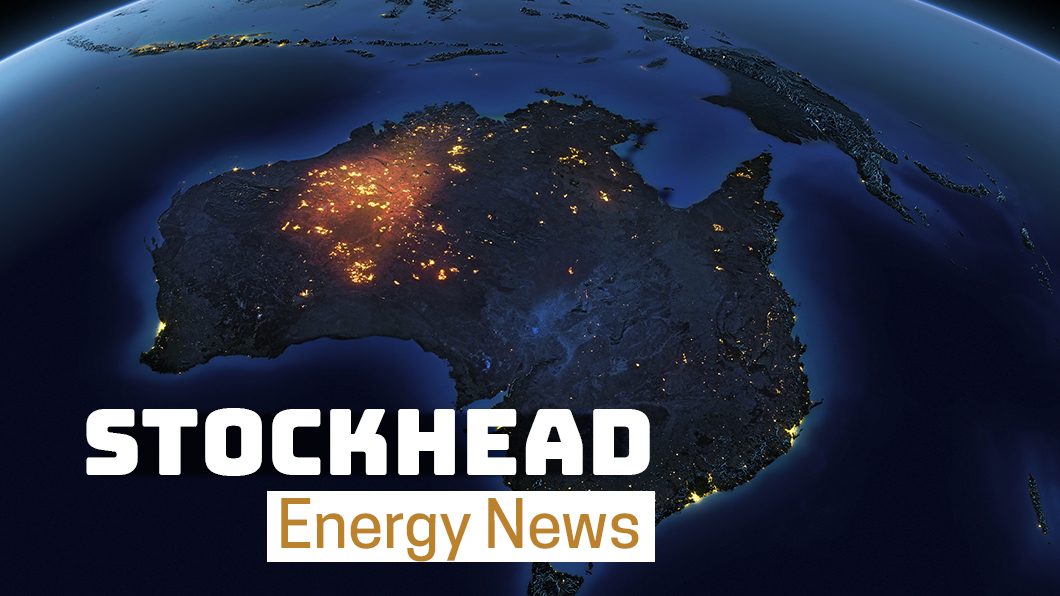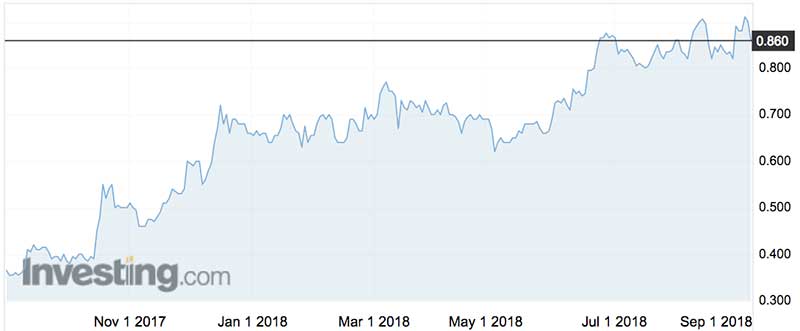Stanmore continues to surprise after $1 coal mine purchase

Pic: Matthias Kulka / The Image Bank via Getty Images
As annoying as it is for politically-correct investors to admit, it’s becoming expensive to continue overlooking coal as an investment.
That’s underlined by the 1700 per cent profit made by anyone who snapped up a stake in Stanmore Coal three years ago.
Back in 2015 — when coal was in the doghouse, doomsayers were predicting its death, and banks were declining to do business with coal miners — Stanmore shares were trading at 5c and more coal mines were being closed than opened.
Then came the deal of the decade, if not the century. Stanmore bought a second-hand coal project for the knock-down price of $1.
The acquisition of the Isaac Plains project — from Japanese trading house Sumitomo big Brazilian miner Vale — was seen as notable because if a mine only costs $1 then surely that’s all it’s worth – or so went popular wisdom.
Today it’s a tricky calculation because so much has changed in three years.
It could be argued that Isaac Plains is worth at least $226 million, because that’s the stock-market value of Stanmore which last traded at 90c, its highest price in seven years. That’s not far short of its all-time high of $1.46 posted in the boom year of 2010.
There is no secret to the success of Stanmore. It is a pure coal play with one project, Isaac Plains, that is turning out around 1.6 million tonnes of mainly high-value metallurgical (steel-making) coal and delivering it to customers in Asia.
Expansion plans will see the mine soon transition to a new location, Isaac Plains East, while another development, Isaac Downs, is in the planning stage.

In other words, Stanmore started life with a $1 mine and is now working up a series of expansion projects while stepping up exploration across 2000 sq km of prime coal-bearing country in Queensland’s Bowen and Surat Basins.
As with most coal stocks these days there is limited research by investment banks or stockbrokers because of a belief that coal has become a commodity that doesn’t interest their clients, or might even offend them.
The irony of this view goes way beyond the fact that coal is used to generate around 40 per cent of the world’s electricity and is essential in certain industries, such as steel making.
It lies in environmental and government opposition to new mines which means the price of coal is rising at a time when forecasters have been tipping a fall.
For most coal miners, business conditions have rarely been better — as was demonstrated in Stanmore’s performance in the year to June when it reported a 70 per cent increase in underlying pre-tax earnings from revenue of $208 million, and the repayment of all debt.
Three phase plan
Stanmore’s three-phase business development plan calls for:
— A short-term push over the rest of this year and 2019 during which assets will “sweated” to boost tun-of-mine coal production to 3.5 million tonnes with a focus on high-value metallurgical coal.
— A second phase lasting about five years to 2025 with the target of producing 10 million tonnes of coal a year, an
— A long-term phase of diversification geographically and by mining method.
What’s particularly impressive about the plan is that it started with a $1 purchase of an asset that no-one wanted because coal prices were low and forecasts of future prices were not much better.
As events unfolded the forecasts were wrong, and the failure of the coal industry (for various reasons) failure to expand production to meet demand means the outlook remains robust.
Rather than be an enemy of coal the environmental and political campaigns against it have aided existing producers by ensuring that not enough coal is reaching the market with the inevitable effect on prices, which are rising, not falling.
A number of recent events highlight the unexpected strength in coal caused by Asian demand for electricity and a surge in steel output.
- Subscribe to our daily newsletter
- Bookmark this link for small cap news
- Join our small cap Facebook group
- Follow us on Facebook or Twitter
Now sitting off the Dalrymple Bay Coal Terminal near Mackay in north Queensland are 39 coal ships ready to load with the waiting time stretching out to three weeks with the queue reminiscent of past coal booms and a result of strong demand bumping into low supply growth and damage to port infrastructure from last season’s cyclones.
On financial markets the few investment banks which still follow coal have been dusting off their price forecasts with Credit Suisse last week adding $US10 a tonne to its metallurgical coal price tip for the next two years with the new price forecast of $US160/t being roughly double Stanmore’s cost of production last year of $US81/t.
The bank has also lifted its thermal, or energy coal price for this year from $US93/t to $US106, and for next year from $US81/t to $US95/t.
Whether Stanmore’s share price can rise much further is a question for investors to consider, but even if the share price has done its best work there is the prospect of Stanmore (and other coalminers) becoming cash cows paying handsome dividends – another trend not expected when coal was prematurely declared dead.
UNLOCK INSIGHTS
Discover the untold stories of emerging ASX stocks.
Daily news and expert analysis, it's free to subscribe.
By proceeding, you confirm you understand that we handle personal information in accordance with our Privacy Policy.








